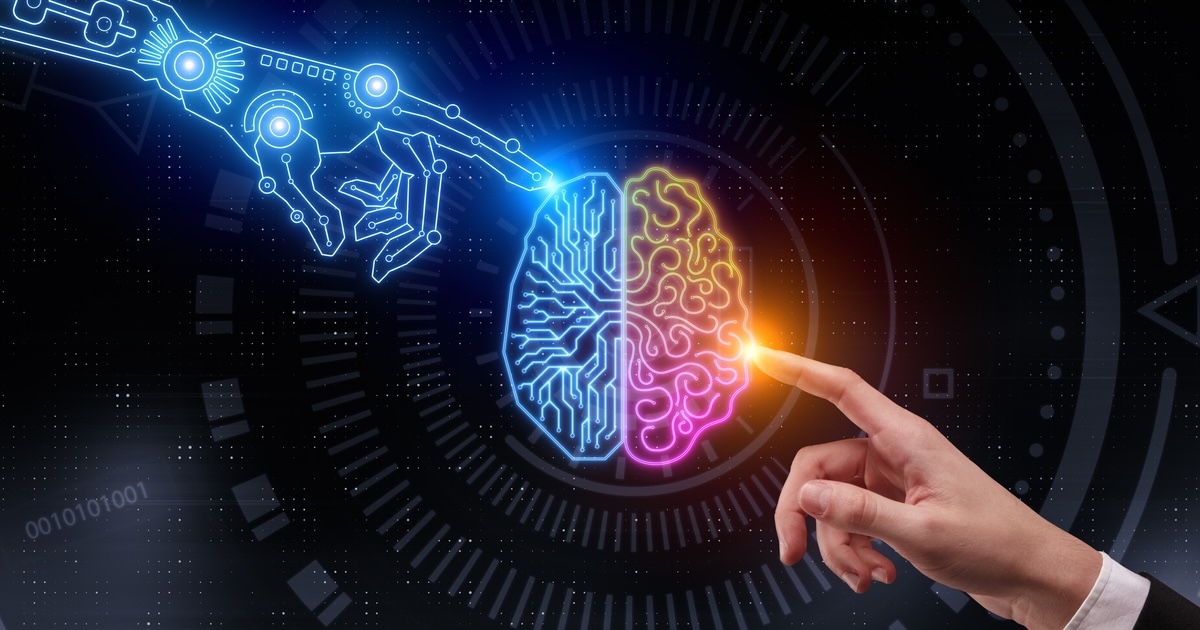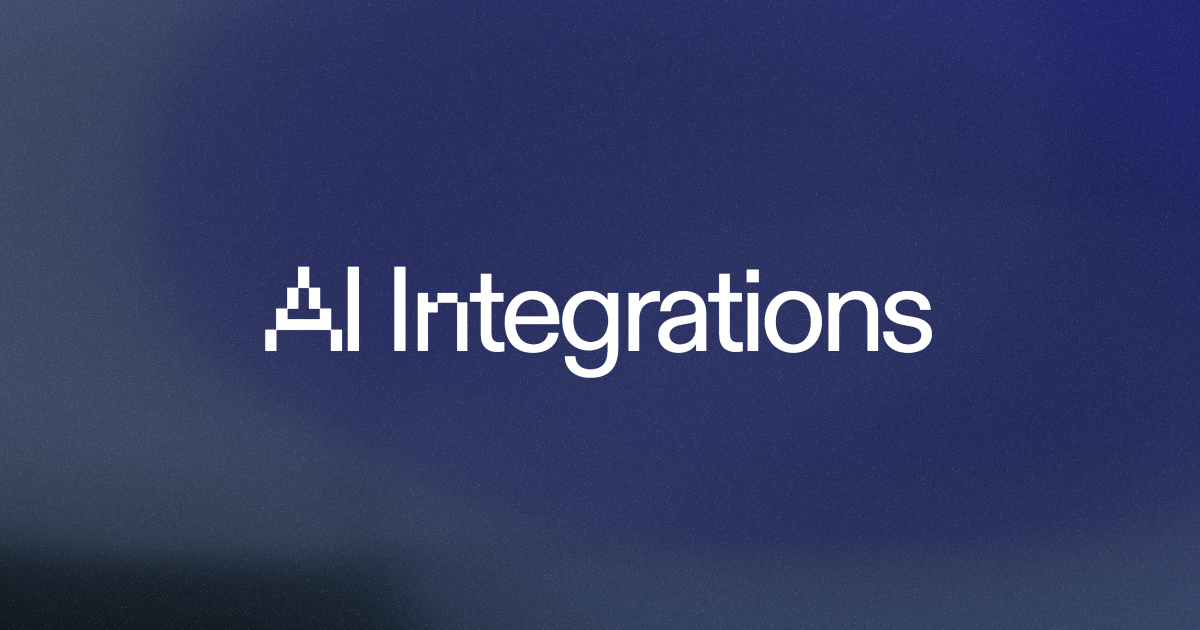Codetown
Codetown ::: a software developer's community
Are you interested in learning about graph databases? The folks at Neo4J published a book and it's free! Here's a link to the download page: http://graphdatabases.com/
Tags:
Replies to This Discussion
-
Permalink Reply by Juan Rolando Reza on March 16, 2015 at 4:45pm
-
Database representation of graph-structured information is fascinating in its own right.
I have been studying genomics technology in which graphs play a big role, both as information-structure that is the basis of certain algorithms, as well as the data driving visualizations or visually-interesting real-world structures.
As an example, here is a visualization of a protein complex that catches the eye.
See http://en.wikipedia.org/wiki/FOXP2#/media/File:Protein_FOXP2_PDB_2a...
The image is a Richardson diagram which is (mostly) automatically generated from a database describing the molecular structure of the protein. This type of diagram was invented (i.e. originally hand-drawn) by Jane Richardson, PhD.
I wonder if the book "Graph Databases" touches on this.
Presently, I am doing a research study on a particular feature of the epigenome. It involves large DNA databases (actually, structured flat files), elaborate algorithms for sequence correlation, and histone complexes. Each of these involves graph-theoretic representations and inference functions from graph structures.
The "databases" I know for DNA, the transcriptome, pathways, etc. do not lend themselves to conventional SQL, or even noSQL as far as I know to date. (Chime in anyone? )
I will be presenting a paper at the IEEE SouthCon conference in April 2015 which touches on a graph-theoretic feature of certain (sequencing) problems lending itself to massively-parallel-ization of linearly-expressable algorithms.
I am pleased to see a free book on graph databases. Thanks!
-
Notes
Welcome to Codetown!
 Codetown is a social network. It's got blogs, forums, groups, personal pages and more! You might think of Codetown as a funky camper van with lots of compartments for your stuff and a great multimedia system, too! Best of all, Codetown has room for all of your friends.
Codetown is a social network. It's got blogs, forums, groups, personal pages and more! You might think of Codetown as a funky camper van with lots of compartments for your stuff and a great multimedia system, too! Best of all, Codetown has room for all of your friends.
Created by Michael Levin Dec 18, 2008 at 6:56pm. Last updated by Michael Levin May 4, 2018.
Looking for Jobs or Staff?
Check out the Codetown Jobs group.
InfoQ Reading List
Durable Lambda Functions and Werner Vogels’ Last Keynote: Highlights of AWS re:Invent 2025

The 2025 edition of re:Invent recently took place in Las Vegas. As anticipated, AI was a significant focus of the keynotes, but the community was more intrigued by announcements in the serverless space, including Lambda Managed Instances and Lambda Durable Functions. The conference marked the final keynote for Amazon CTO Werner Vogels after 14 years.
By Renato LosioPatch Urgently - Critical Vulnerability CVE-2025-55182 in React Server Functions Actively Exploited

An unauthenticated remote code execution (RCE) vulnerability in React Server Components (RSC) was recently reported with the highest severity (10.0). Amazon threat intelligence teams report active exploitation attempts by multiple China state-nexus threat groups. The critical vulnerability affects React versions 19.0.0 through 19.2.0 and Next.js versions 15.x and 16.x when using App Router.
By Bruno CouriolAgentic Postgres: Postgres for Agentic Apps with Fast Forking and AI-Ready Features

Tiger Data, the company behind TimescaleDB, has launched Agentic Postgres, a Postgres-based database designed for both AI agents and developers. It extends Postgres with fast forking, an MCP server, native BM25 and vector search, and includes a CLI for terminal access.
By Sergio De SimoneOpenAI's New GPT-5.1 Models are Faster and More Conversational

OpenAI recently released upgrades to their GPT-5 model. GPT‑5.1 Instant, the default chat model, has improvements to instruction following. GPT‑5.1 Thinking, the reasoning model, is faster and gives more understandable responses. GPT‑5.1-Codex-Max, the coding model, is trained to use compaction to perform long-running tasks.
By Anthony AlfordReplit Introduces New AI Integrations for Multi-Model Development

Replit has introduced Replit AI Integrations, a feature that lets users select third-party models directly inside the IDE and automatically generate the code needed to run inference.
By Daniel Dominguez
© 2025 Created by Michael Levin.
Powered by
![]()